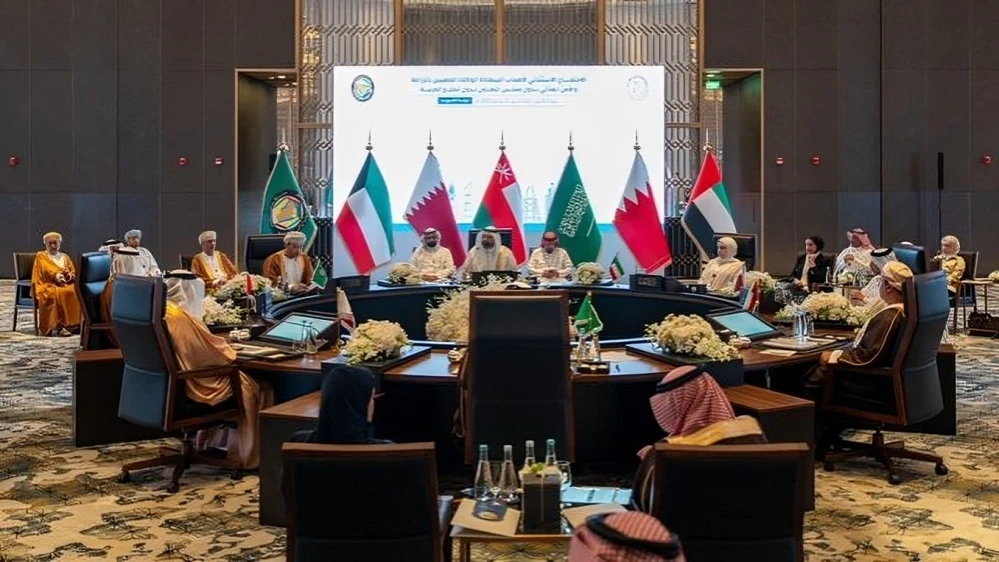Riyadh: A new report from global consultancy Arthur D. Little (ADL) reveals that Saudi Arabia is strategically positioned to dominate the rapidly expanding $8 billion feeder shipping market across the Middle East, East Africa, Turkey, and South Asia by 2030.
The Kingdom could capture up to 45% of Red Sea and 35% of Gulf feeder trade, as regional container volumes are projected to rise to 41 million TEUs by the end of the decade.
This growth aligns with Vision 2030, which aims to transform Saudi Arabia into a leading global logistics hub.
Feeder shipping the movement of containers between regional ports and global hubs offers returns on assets of 17–23%, outperforming traditional logistics sectors.
Saudi Arabia’s strong geographic position, modernizing infrastructure, and pro-investment policies make it a prime candidate to capitalize on this trend.
According to ADL, Red Sea container throughput is expected to nearly double from 12 million TEUs in 2021 to 23 million by 2030, highlighting the Kingdom’s rising significance in East–West maritime trade.
“Saudi Arabia sits at the crossroads of global trade shifts and investor interest in high-performing logistics assets,” said Paolo Carlomagno, Partner at ADL.
“Its infrastructure and policy environment provide an ideal launchpad for scalable feeder operations.”
The report recommends a phased entry strategy for new players, beginning with asset-light models such as chartered vessels before scaling operations through asset ownership and deeper integration with major logistics players.
ADL also notes that feeder shipping supports Saudi Arabia’s sustainability goals, as smaller vessels are easier to retrofit with cleaner fuels like methanol or hybrid-electric systems, contributing to the Kingdom’s targets to cut emissions by 25% by 2030 and reach net-zero by 2060.
“Saudi Arabia is no longer on the sidelines of maritime trade,” added Alexandre Sawaya, Principal at ADL Middle East. “It is rapidly becoming a core hub for regional and global connectivity.”
With soaring container volumes, expanding infrastructure, and robust policy support, ADL concludes that Saudi Arabia is uniquely poised to lead the next wave of growth in feeder shipping.








